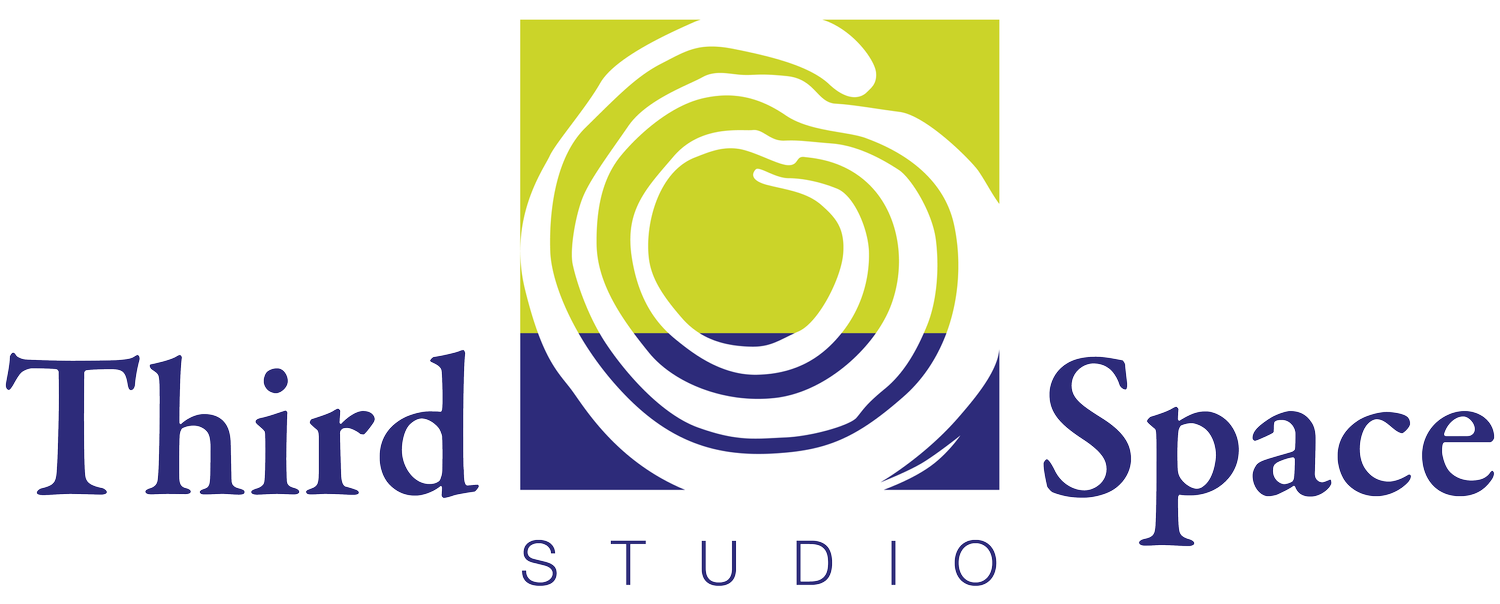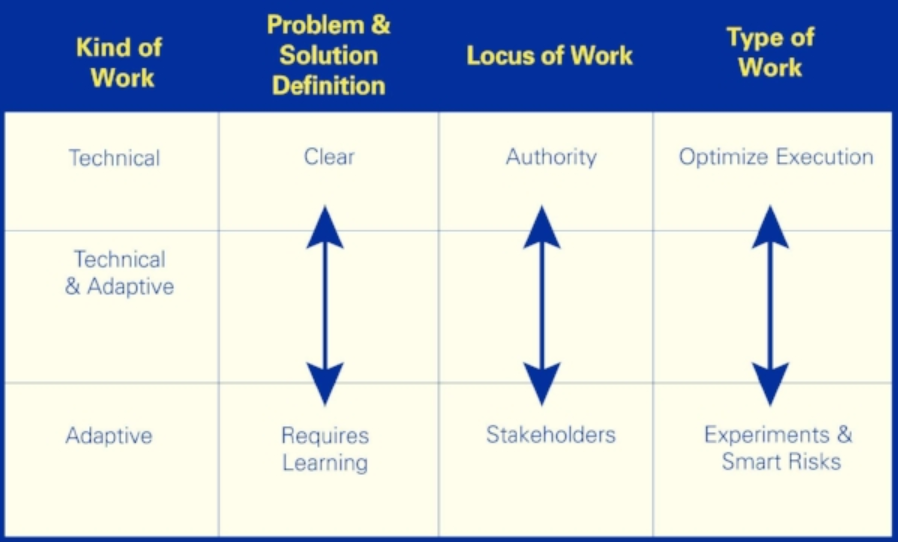Strategic Planning - It’s a New World
We often get calls from nonprofits asking them if we can help them with a strategic plan. The typical calls starts with something like this: “Our last strategic plan is about to run out and we need to update it. Can you help us? Three years ago when we did this we held a board retreat and a special staff meeting and came up with our goals and objectives. We think that process will work again.”
As we talk further about current realities, more complexity emerges:
Our founding executive director plans to retire in 2 years.
Our decades-old service organization is being pushed by some of our funders and board members to consider the long-time structural barriers that have kept our clients in poverty.
We see value in being involved in partnerships yet our current funding sources don't allow us to dedicate time to multiple meetings with no clear outcomes.
Our revenues are shrinking because the organizations that once paid membership dues to demonstrate support for our mission now demand more tangible value.
Given our visible role in recent policy battles, national funders are more interested in our work. We don’t know what work to prioritize.
When we hear these types of statements, our ears perk up and we move to the edge of our seat. The work that we are being asked to do is not the typical technical work of creating a strategic plan. It’s not about a small group of leaders gathering in a room to conduct a SWOT analysis and articulate goals and objectives.
We are being asked to partner with the organization as they tackle one or more adaptive challenges. This is the kind of work that we enjoy. It means that the organization – and the people in the organization – face opportunities to learn and grow. It means that the organization can stretch in its relevance and impact.
What do we mean by adaptive challenges?
Ron Heifetz who taught leadership to hundreds of students at Harvard as well as leaders in business, government, and nonprofits coined the term “adaptive challenge”. As they grow and change, organizations face both technical and adaptive challenges. Technical challenges call for the application of well-developed expertise and knowledge. The problem can be solved with the innate knowledge of those in the organization or an outside expert.
Adaptive challenges are those where the leaders and others don’t clearly understand the problem let alone the solution. Adaptive challenges require exploration and learning. They are difficult challenges to address as they call upon those involved to shift their beliefs and behaviors as they create the future. The chart delineates some of the differences between technical and adaptive challenges (click on the chart below and you will be directed to a short article about adaptive challenges by Ron Heifetz).
Let’s take a look at one of the examples above – the retiring founding director. The founding director shaped the fundamentals of the organization: the mission, the vision, the programs, what is seen as quality and what is seen as outside the norms of the organization. As the founder exits, there are both technical and adaptive challenges. The search process is a technical challenge and there are experts that the board can hire to assist them with recruitment and selection of the next leader. The adaptive challenges emerge as the board and staff assumes the responsibility of being the shapers of the organization’s future. They can no longer look to the founder for guidance and approval and must now turn to one another. New beliefs and behaviors of what it means to lead the organization will emerge.
How does an organization create a strategic plan when faced with adaptive challenges?
Strategic plans are guardrails. They tell us what to say yes to and what to say no to. They guide us as we make choices about the allocation of time and money. As nonprofits create guardrails in the midst of a tsunami of adaptive challenges, some of the principles of leading adaptive change can be helpful.
Get on the balcony. Get far enough away from the everyday to see the patterns within the organization as well as the trends and driving forces that are swirling around the organization. We recommend that organizations interview key partners as a way of getting a wide-angle view of their dance floor.
Engage unusual voices. The usual voices have a prescribed viewpoint. Look for new ways of seeing the problem and the potential solutions by engaging unusual voices. We have seen organizations include artists and historians as part of their planning teams. At a recent staff retreat, one organization catered dinner for the retreat participants and the residential clients so that the kitchen staff could participate in a conversation about organizational values. The kitchen staff had a different viewpoint on the values they saw in action and enriched the conversation.
Acknowledge uncertainties by framing actions as experiments. The conundrum of adaptive challenges is that we don’t know the solutions. We have to try things to know what is going to work. Rather than articulating long-term objectives, think about experiments that you might try. What is your hypothesis about what might work? How will you test that hypothesis?
Give the work back to people - at a rate that they can tolerate. The way forward belongs to the people who will make it happen through their everyday actions and choices. Include members of the board and staff in framing strategic directions, targets, and key actions. Through the process of envisioning the future and wrestling with tough choices, the team will begin to reshape their own beliefs about the organization and their role in it. This work doesn’t happen in one two-hour meeting. It happens through multiple conversations with time to reflect in between.
Most people would rather have the people with authority, like the Board or the Executive Director, take the work off their shoulders, protect them from disorienting change, and respond to challenges on their behalf. But the real work of leadership usually involves giving the work back to the people who must adapt, and mobilizing them to do so.
Adaptive challenges are all around us. How are you addressing them as you set the guardrails on your organization’s road into the future?

